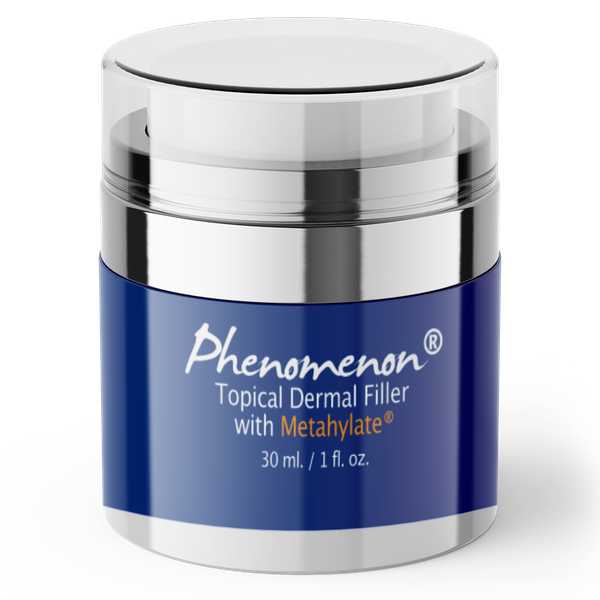
Understanding the Long-Term Effects of Benzoyl Peroxide (BP) on the Skin
Benzoyl Peroxide (BP) has long been a popular ingredient in acne treatments due to its effectiveness in combating breakouts. However, it's important to understand the potential long-term effects of BP on the skin. In this article, we will explore five key aspects related to the long-term effects of benzoyl peroxide and its impact on the skin.
- Skin Sensitivity and Irritation:
One of the primary concerns with long-term BP use is increased skin sensitivity and irritation. Prolonged exposure to BP can disrupt the skin's natural barrier function, leading to dryness, redness, and peeling. It is crucial to monitor your skin's response to BP and adjust usage accordingly to prevent excessive irritation. - Skin Aging and Premature Wrinkles:
Recent studies suggest a possible correlation between long-term BP use and accelerated skin aging. Although the exact mechanisms are not fully understood, prolonged exposure to BP may contribute to collagen degradation and the formation of fine lines and wrinkles. To minimize potential risks, it's advisable to incorporate anti-aging skincare practices and moisturize the skin adequately while using BP. - Hyperpigmentation and Discoloration:
Another aspect to consider is the potential for long-term BP use to cause hyperpigmentation and skin discoloration. In some cases, prolonged exposure to BP may lead to post-inflammatory hyperpigmentation, especially in individuals with darker skin tones. It's crucial to be mindful of these risks and consult with a dermatologist if you notice any unusual changes in skin pigmentation. - Skin Barrier Function:
The skin's natural barrier function acts as a protective shield against external aggressors. However, long-term BP use can compromise this barrier, making the skin more vulnerable to environmental damage and moisture loss. To maintain a healthy skin barrier, it's essential to incorporate gentle, hydrating skincare products and techniques alongside BP treatments. - Personalized Skincare and Monitoring:
Given the potential long-term effects of BP, it is vital to adopt a personalized skincare routine and closely monitor your skin's response. What works for one person may not work for another, so it's crucial to listen to your skin and adjust your BP usage accordingly. Regularly consult with a dermatologist to evaluate the effectiveness and safety of long-term BP use for your specific skin concerns.
Conclusion:
While benzoyl peroxide remains a commonly used acne treatment, understanding its potential long-term effects on the skin is crucial for maintaining skin health. By being mindful of skin sensitivity, addressing aging concerns, monitoring hyperpigmentation, preserving the skin's barrier function, and personalizing your skincare routine, you can strike a balance between treating acne and ensuring overall skin well-being.
Remember, consulting with a dermatologist is always recommended to assess your individual skin needs and create an effective long-term skincare plan.
